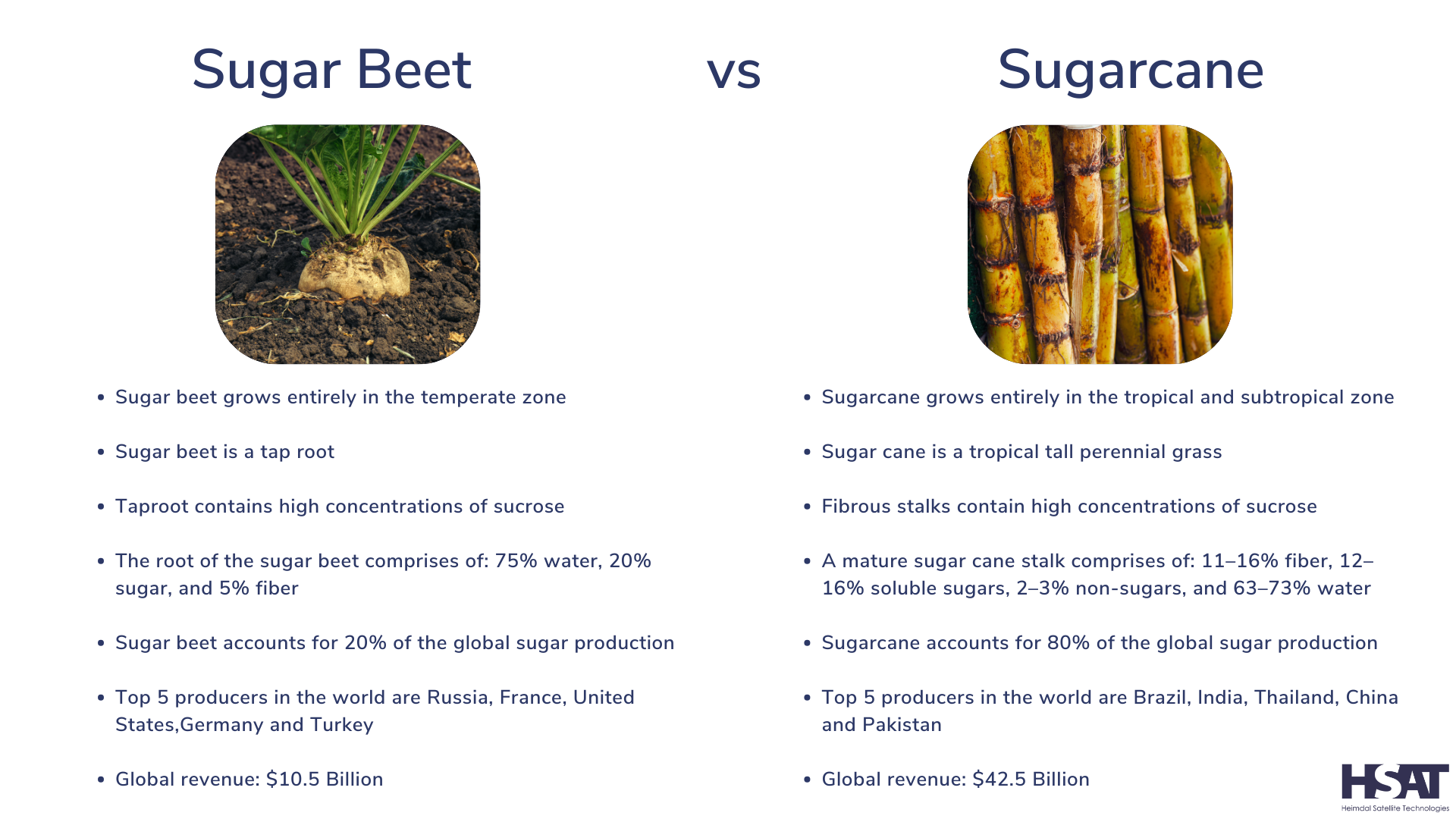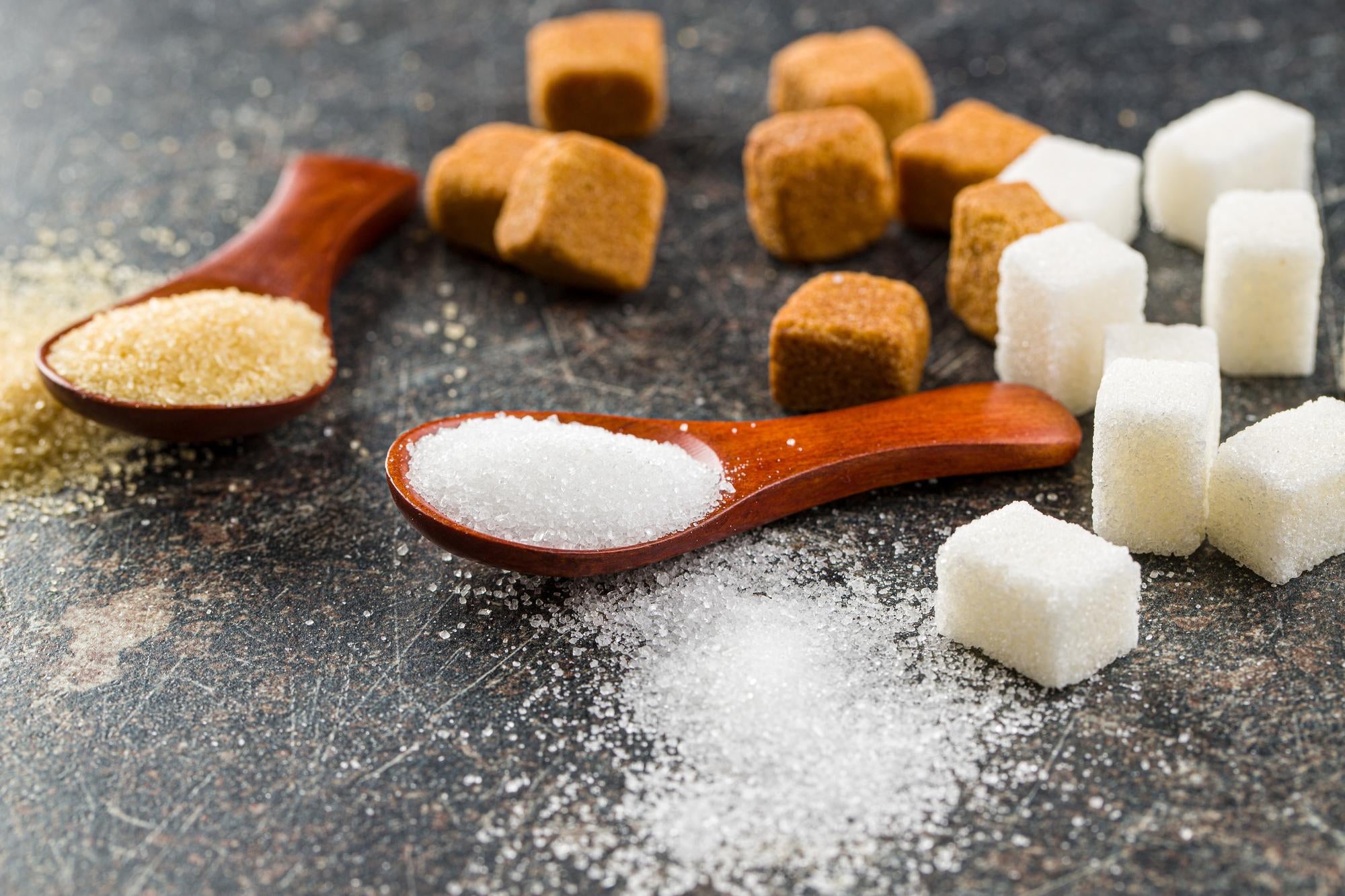Beet Sugar vs Cane: How They Affect Your Body and Overall Wellness
Beet Sugar vs Cane: How They Affect Your Body and Overall Wellness
Blog Article
The Terrific Argument: Beetroot Sugar Vs Cane and Their Effect on Health
The recurring dispute surrounding beetroot sugar and cane sugar increases critical concerns regarding their particular health effects and wider ramifications for consumer selections. While both sweeteners share a similar chemical composition, their beginnings and processing techniques might influence not only nutrition however also ecological sustainability. As health-conscious people consider the advantages of each option, the ramifications of pesticide direct exposure and agricultural techniques come into emphasis. This discussion invites us to consider not simply the sweet taste we select, however the significant effects of those selections on our health and the earth. What might this suggest for future intake patterns?
Summary of Sugar Sources
Sugar, a widely eaten sugar, mainly originates from 2 major sources: sugar beets and sugar cane. These plants are cultivated in different regions all over the world, each adding to the global sugar supply in distinctive means. Sugar cane thrives in subtropical and exotic climates, with major producers consisting of Brazil, India, and China. The plant is harvested for its stalks, which are after that refined to extract juice and take shape sugar.
Conversely, sugar beets are mostly grown in warm areas, with considerable production in countries such as the USA, France, and Germany. The beets are collected from the ground, cut, and based on a process that converts the drawn out juice into granulated sugar. While both sugar resources ultimately produce sucrose, their farming practices, refining approaches, and geographical circulations differ substantially.
These differences can influence not just the environmental impact of sugar production however additionally the financial aspects of sugar pricing and trade. Understanding the origins of these sugar is critical for policymakers and customers alike, as it lays the foundation for informed conversations about their wellness implications and sustainability.
Nutritional Comparison
When checking out the dietary profiles of beetroot sugar and walking stick sugar, both sources share a similar composition as they mainly include sucrose. Sucrose is a disaccharide, composed of sugar and fructose, and is liable for the sweetness linked with both sugars. The refining procedures for both beetroot and walking cane sugar return products that are primarily pure sucrose, with very little traces of vitamins, minerals, or other nutrients.
In regards to calorie material, both beetroot and cane sugars supply about 4 calories per gram. Neither kind of sugar supplies substantial nutritional benefits beyond energy stipulation, as they do not have important vitamins or minerals. The existence of trace components, such as calcium, magnesium, and potassium, can vary a little between the two, mainly due to the farming practices and dirt conditions in which they are grown.
Furthermore, the glycemic index values of beetroot sugar and walking stick sugar are similar, suggesting comparable effects on blood glucose levels. On the whole, from a nutritional point ofview, beetroot and walking cane sugars are functionally equivalent, contributing largely to calorie consumption without offering significant health and wellness advantages over each other.
Wellness Effects
The wellness effects of consuming beetroot sugar and cane sugar warrant cautious factor to consider, particularly offered the climbing prevalence of sugar-related health problems. Both kinds of sugar add comparable caloric worths and Read Full Article can lead to boosted threats of weight problems, type 2 diabetes mellitus, and cardio conditions when consumed in unwanted. The body sugars both metabolizes right into glucose, which can trigger spikes in blood sugar levels, causing insulin resistance gradually.
While there is continuous dispute regarding the glycemic index of these sugars, researches suggest that both can adversely impact metabolic health and wellness if eaten in big amounts. beet sugar vs cane. In addition, the prospective visibility of impurities in beet sugar, such as pesticides from traditional farming techniques, increases additional wellness worries. Conversely, walking cane sugar, specifically when minimally processed, might use a slightly much more positive profile due to its natural state
Moreover, the consumption of sugarcoated, despite the source, is connected to damaging wellness outcomes, consisting of dental concerns and fatty liver illness. Moderation is essential, and people should be conscious of their overall sugar consumption from all resources, ultimately focusing on whole foods over included sugars for optimum wellness results.
Environmental Effect
Comprehending the health implications of beetroot and cane sugar also causes an assessment of their environmental influence, which can dramatically affect agricultural sustainability and eco-friendly equilibrium. Both sugar resources have distinct environmental impacts, shaped by their growing techniques and geographical needs.

On the other hand, beetroot sugar is generally expanded in temperate environments and frequently entails diverse crop rotations. This technique can improve dirt health and wellness and lower reliance on chemical inputs. However, extensive beetroot farming can additionally lead to nutrient exhaustion and bug pressures otherwise handled sustainably.
Both sugar kinds existing difficulties and chances for environmental stewardship. Advertising lasting farming methods and liable sourcing can minimize their impacts, guaranteeing that sugar manufacturing straightens with environmental preservation and long-term food safety and security.
Consumer Preferences
Amidst growing awareness of health and wellness and ecological concerns, customer preferences for sugar try these out types are progressively affected by understandings of health and wellness benefits, sustainability, and moral sourcing. Beetroot sugar and cane sugar each present unique features that appeal to various customer demographics.
Health-conscious customers typically inspect the nutritional accounts of these sugars, looking for choices regarded as much less processed or even more natural. Cane sugar, commonly pertained to as the typical sugar, is sometimes preferred for its perceived purity and simplicity. On the other hand, beetroot sugar, which is frequently stemmed from genetically changed plants, deals with hesitation among have a peek at this website those worried regarding GMOs.
Sustainability is another considerable aspect affecting customer selections. As recognition of agricultural techniques grows, lots of customers go with products that line up with eco-friendly farming methods. Walking cane sugar manufacturing, specifically when sourced from sustainable ranches, can appeal to eco-conscious customers.
Ethical sourcing plays a crucial duty also, with consumers progressively preferring products that sustain reasonable labor practices. Qualifications such as Fair Profession can boost the good looks of walking stick sugar in the marketplace. Inevitably, consumer preferences are formed by an intricate interplay of health and wellness, environmental, and honest considerations, driving need for both beet and cane sugars in varied markets.
Conclusion
Finally, the dispute between beetroot sugar and walking cane sugar includes different aspects, including dietary accounts, wellness effects, and ecological repercussions. beet sugar vs cane. While both sugars mostly contain sucrose and display similar calorie content, issues regarding pesticide use in beetroot sugar and the ecological influence of cane sugar monoculture warrant careful consideration. As consumers significantly focus on sustainability and health and wellness, educated choices concerning sugar usage come to be crucial in advertising overall wellness and environmental stewardship

Report this page